Top image of Käthe Leichter courtesy of the University of Vienna.
In 1991, the Austrian government founded a Käthe Leichter State Award for Women’s Studies, Gender Studies, and Women in the World of Work. Granting 5,000 Euros to the recipient, it is now one of several awards named for her offered by various Austrian ministries. The recognition of Leichter was based on the recommendation of historian Herbert Steiner and had the support of Austria’s Minister for Women’s Affairs, Johanna Dohnal.
Others have started to recognize Leichter as well. Helene Maimann, an Austrian filmmaker and historian, completed and released a documentary about her in 2016, Käthe Leichter–A Woman Like That. In 2019, the Austrian Cultural Forum in Washington, DC, sponsored a play about her and a fellow socialist and researcher on lives of women, Women at Work: Käthe Leichter and Marie Jahoda. A quick search reveals that the University of Vienna’s Board of Women’s and Gender Studies set up a Käthe Leichter Visiting Professorship.
Who was Käthe Leichter, why has the Austrian state and significant cultural institutions accorded her such recognition, and why should an audience devoted to the study of World War II care to find out about her?
Here, I try to answer these questions by undertaking a narrative of the all-too-brief life of Leichter (1895-1942), a woman, a Jew, a socialist. A champion of working-class women, she fought and perished as an advocate for women’s liberation within the Austrian labor movement of the early twentieth century. Leichter was a critical participant in, witness to, and victim of the era of world war, socialist revolution, fascist counterrevolution, and genocide that so fundamentally shaped contemporary history. Her life is both a Central European story and one with universal significance and meaning.
The Courage to Rebel
Born Marianne Katharina Pick in Vienna in August 1895, she came from a bourgeois, Jewish family. Her politically liberal parents, Josef and Lotte Pick, headed a household with limited ties to Judaism. Käthe enjoyed an excellent education as a child. The prosperity and comfort of her early life soon led her to sympathize with rebels and the oppressed. She joined an anti-bourgeois youth movement influenced by educator, psychoanalyst, and later Zionist Siegfried Bernfeld before shifting, enthusiastically, toward the ideas of Karl Marx and the Social Democratic Workers Party of Austria (SDAP). After the onset of World War I, she contributed to the Austro-Hungarian war effort by working in a nursery for children from working-class families. Leichter grew to despise war and the ruling classes she believed responsible for it. Breaking from her middle-class upbringing, however, necessitated courage—and Käthe possessed it.
Ingo Zechner points out that Leichter went “to court to obtain the right, as a woman, to study political science at the University of Vienna from 1914 to 1917.” She studied law and political economy there with the impressive Marxist scholar Carl Grünberg. Even that victory was partial. Women were not yet permitted to sit for the requisite examination necessary to graduate in that field. In 1917, as World War I entered a decisive phase for the Dual Monarchy, she had to depart Austria for Germany in order to obtain her doctorate. Leichter finished her PhD (her dissertation dealt with commerce between Italy and Austria-Hungary) with distinction at the venerable Ruprecht Karl University of Heidelberg under the supervision of the great German sociologist Max Weber.
By that point, class conflict, war, and revolution had already transformed Leichter. Food insecurity dramatically increased in Austria in the final stages of the war, with the urban, working class hit especially hard. Against this background of hardship, the Great January Strike of 1918 inspired her. Starting at the Daimler Motor Works in Wiener Neustadt, it spread first to several Austrian cities and then to Hungary and Germany with hundreds of thousands of workers laying down their tools and stopping their machines. The formation of the first workers’ council in Austria, modeled on the soviets in the Russian Revolution, produced a similar effect on her.
As the Bolsheviks negotiated with the German and Austro-Hungarian governments at Brest-Litovsk, Central Europe appeared on the verge of revolution. Russia’s withdrawal from the war after signing the punitive Treaty of Brest-Litovsk (March 1918) temporarily raised hopes in Austria-Hungary that the Central Powers would prevail.
Those delusional hopes unraveled in the course of 1918. In the fall of that year, the Habsburg Empire disintegrated with Hungarians, Czechs, Slovaks, and Yugoslavs breaking away. On November 12, 1918, a republic, much later designated the First Republic, was proclaimed in “German-Austria.” Among the several existing political parties, Leichter’s party, the Social Democrats, emerged as the most powerful.
Karl Renner, a moderate socialist and former supporter of Austria-Hungary’s war effort, became the Austrian Republic’s first chancellor. A constitutional, parliamentary system—including the right to vote for women—was implemented in late 1918 and early 1919. Several women from the SDAP, like the redoubtable Therese Schlesinger, who influenced Leichter so much, were elected to Parliament. Workers won the eight-hour day. Restraint was imposed on revolutionary impulses within the proletariat–a tendency Leichter would eventually criticize publicly–and the SDAP, benefitting a great deal from the clout of Friedrich Adler, son of the party’s late founder Victor Adler, successfully marginalized the rival Communist Party of Austria. Calls for union with Germany, where a republic had also been established, were blocked by the Entente Powers, though.
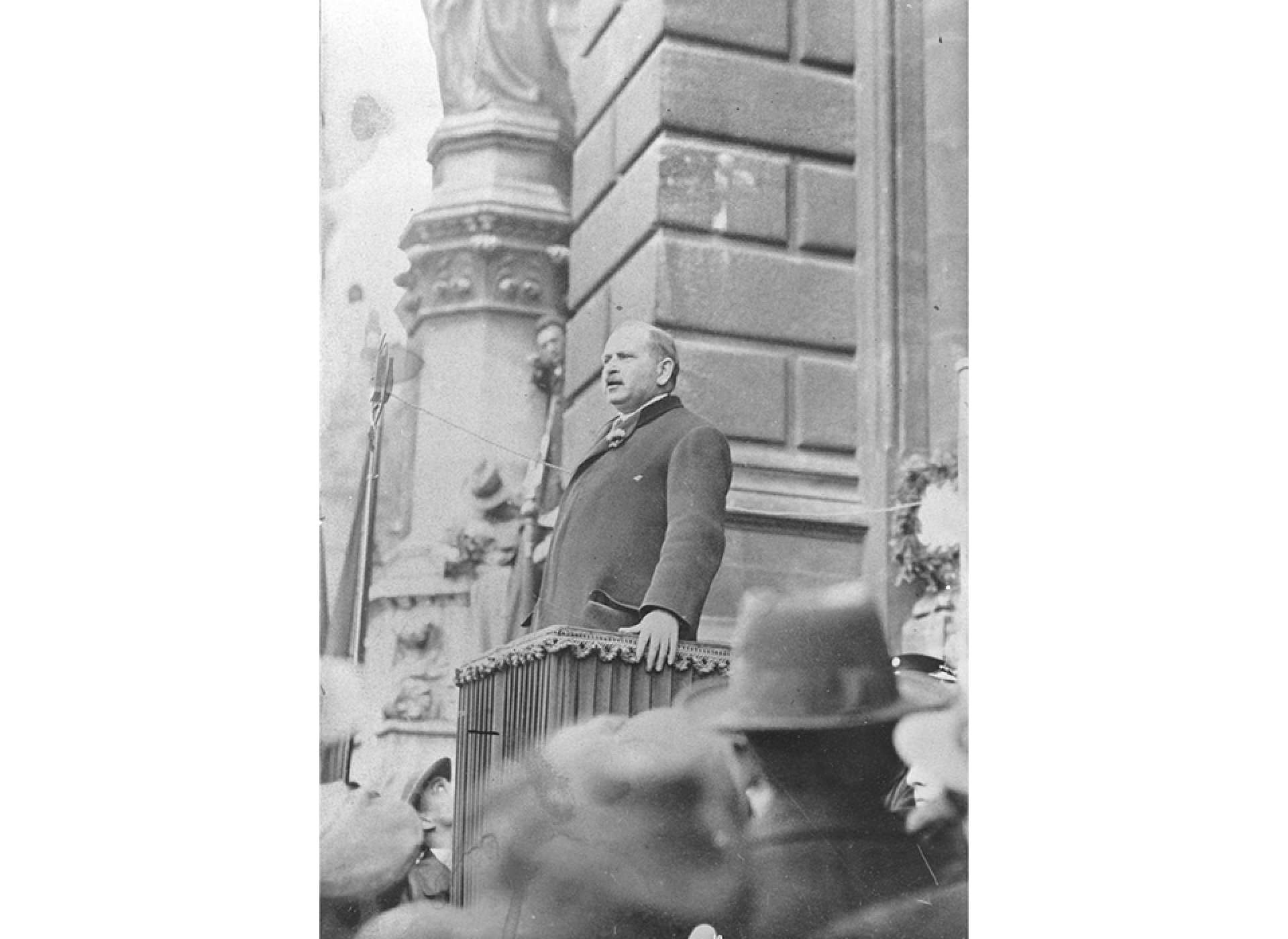
Otto Bauer speaking in front of City Hall in Vienna, 1930. Author Unknown. Courtesy of the Austrian National Library, 12996628.
Leichter and the SDAP’s Plans for Transforming Vienna
Leichter’s scholarly talents proved immensely helpful to the Social Democrats in the early years of the First Republic. She assisted Otto Bauer, Minister of Foreign Affairs and leading Marxist theoretician of the SDAP, with his responsibilities as chair of the State Commission on Socialization. The Commission’s plans, including Bauer’s proposal to socialize Austrian industry (beginning with energy sources and raw materials) and erect a new system for production and distribution of goods organized around unions, consumers, and government, were never implemented.
Leichter also worked in the Ministry of Finance and collaborated with Wilhelm Ellenbogen on economic issues. In 1920-21, she witnessed the renewed strength of right-wing elements in Austria, particularly the Christian Social Party under the leadership of Catholic priest Ignaz Seipel. The reluctance of the Social Democrats to use violence and push for social revolution when they had the opportunity in late 1918 and early 1919 has been vigorously debated right up to the present. By this point, what Bauer described as the “equilibrium of class forces” had tipped against the socialists. Losing the 1920 national election, the SDAP was confined to its bastion of support in Vienna.
The following year, Käthe married the socialist journalist Otto Leichter (1897-1973), also a radical within the SDAP’s ranks. The couple resided in Vienna and had two children, Heinz and Franz. Her work and life would always, decades before second-wave feminism, emphasize the inseparability of the personal and the political.
Leichter’s leftist politics formed part of the tradition of “Austro-Marxism,” a distinctive, vibrant, and scientific Marxist current which came to define itself as more radical than German Social Democracy but more committed to democracy than the Bolsheviks and their adherents. For decades, the names of Otto Bauer, Karl Renner, Max Adler, Rudolf Hilferding, Friedrich Adler, and, sometimes, Otto Neurath were the figures usually named as comprising this current. Recently, Vrääth Öhner and Michael Krätke have argued that Leichter is one of several women in the SDAP who should be included in any discussion of the theory and practice of Austro-Marxism. Her social-scientific methodology and research certainly contributed significantly to the implementation of Austro-Marxist ideas in Vienna in the interwar period.
To call Vienna a socialist stronghold during those years is a bit of an understatement. As late as 1934, surveys showed that 55 percent of its population was working class. If shut out of power at the national level from 1920 forward, the SDAP was the perennial victor in free and fair municipal and provincial elections (Vienna became a province as well in 1922) between 1919 and 1934. The party steadily expanded. At its height it had more than 660,000 members. Propelled by demands from its proletarian and progressive bourgeois constituents, Social Democratic officials, planners, and intellectuals strove to transform politics, society, and culture in the Austrian capital city with its two million inhabitants.
“Red Vienna,” as both its defenders and detractors dubbed it, encompassed an immense number of programs, organizations, and institutions which supported and empowered working-class people. In virtually every area of human social life—relations between labor and capital, health and diet, housing, architecture and urban planning, education, athletics, gender, sexuality,the family, the arts and mass culture—socialist ideas took shape adding up to a totality designated “municipal socialism.” The ultimate aim was to foster the development of neue Menschen (New Human Beings), free individuals imbued with an anti-capitalist sense of solidarity and cultural creation. The constraints on this experiment of building socialism in one metropolis, though, were quite potent–the means of production, i.e. industry and business, remained in private hands.
Although capitalism was not abolished in Vienna (much less in the larger country), it was greatly limited by the force of socialist municipal policy. In the SDAP’s 1926 Linz Program, written by Bauer, the party committed itself to a policy of reformism while, simultaneously, threatening to establish working-class rule, the dictatorship of the proletariat, if the Austrian bourgeoisie dared to reject the results of democratic elections. Such a threat would require real will and force behind it to make it concrete to the anti-socialist, anti-Marxist camp.
For almost nine years (1925-34), Leichter devoted much of her time to the Austrian Chamber for Workers and Employers. Due to her efforts, the Female Labor Unit of the Chamber of Labor was created, and she served as its director. She funneled all her talents into this endeavor. Committed to transforming the lives of working-class women, she created an enormous and impressive body of empirical research on living and working conditions of women in industry, in the white-collar sector, and those laboring as domestic servants or as self-employed “homeworkers.” Due to the team of researchers, translators, and editors who assembled The Red Vienna Sourcebook, we can access selections from Leichter’s important writings.
Leichter published How Do the Viennese Homeworkers Live? in 1928, rooted in questionnaires answered by a thousand of these workers. The work demonstrated how older women constituted the overwhelming majority of this workforce, for whom this type of labor was their principal livelihood. In the book, Leichter contended,
“there is no group within the working class for whom the housing question is of such life-or-death importance as for the homeworkers.”
This line of criticism resulted in a resounding condemnation of the fact that only the “most squalid inadequate housing” (basements, tiny apartments, sublets, workhouses) was left over for them. These findings bolstered Social Democratic initiatives to build more public housing in Vienna. Eventually more than 60,000 apartments were constructed, including the Karl Marx Hof, the famous and massive apartment complex in Heiligenstadt in northern Vienna. Two years later, after the onset of the Great Depression, she oversaw the compilation of a handbook on the work of women.
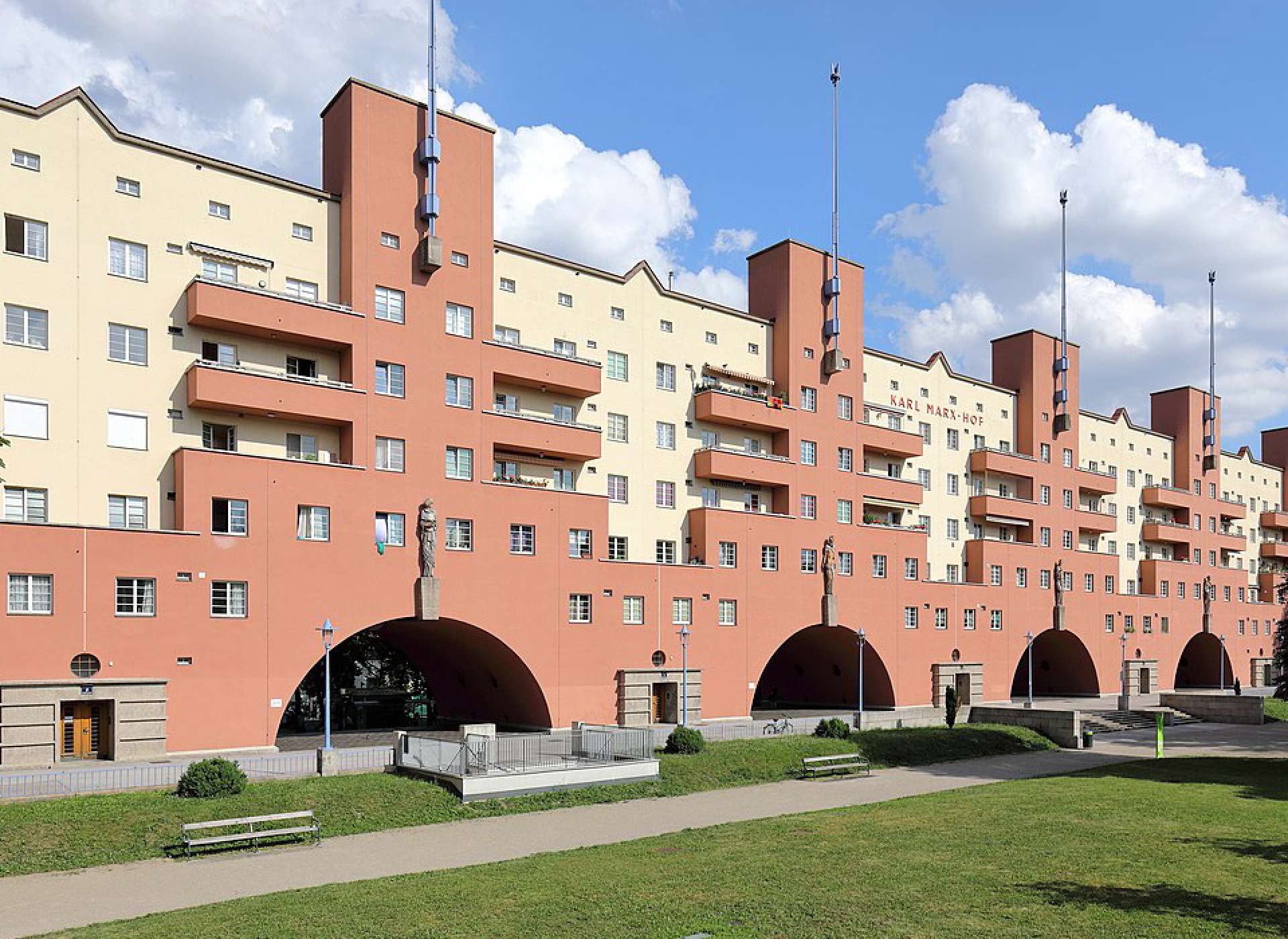
The Karl Marx Hof. © Bwag/Commons.
Then in 1932, Leichter released This is How We Live, a study of more than 1,300 women working in industry. The majority of respondents told of how their working day usually started between 5am and 6am. It ended between 4pm and 5pm, but often as late as 6pm. Next, Leichter showed
“a female worker’s ‘second’ working day is spent in the household. Cooking, sewing, cleaning, washing, shopping, looking after children—these are the tasks that almost every female worker has to do in addition to her factory work, and they double or triple the length of their working day.”
Although she offered specific recommendations to overcome this predicament for working-class women (day care, kindergartens, and household technologies), Leichter insisted that
“the lives of working women demonstrate the contradictions and unsustainability of the capitalist economic order. The demands and struggles of working women will help burst the bounds of this economic order.”
Defeat and Devastation
Leichter’s revolutionary expectations collided with a worsening economic situation, the greater willingness of the Austrian Right to move against the socialist Left, and the SDAP’s unwillingness to deviate from the path of legality and parliamentarism. She aligned herself with a faction to the left of the party leadership. In 1932, the year the extreme right-wing Christian Social politician Engelbert Dollfuss became chancellor, Leichter called for a rapid reevaluation of socialist tactics. Dollfuss, backed by Benito Mussolini and ready to openly target democratic institutions, posed an immediate danger to the workers’ movement.
In March 1933, Dollfuss used a procedural matter as pretext to dissolve Parliament. Despite promises to negotiate, which the Social Democrats entertained, the chancellor never reinstated the representative body. Incrementally, the Christian Social regime eliminated the key institutions of representative democracy in Austria. In response, Leichter demanded that the SDAP take nothing off the table, “revolutionary means of struggle” very much included. At its October 1933 convention, the party narrowly avoided a split.
In 1933, Leichter published in Der Kampf (The Struggle), the SDAP’s theoretical journal, “The Best Defense”—a passionate and prescient response to the dilemmas faced by the party. Therein, she assailed the “faith in the automatic, inevitable nature of economic and historical processes” and, interjecting a moment of self-criticism, she recalled how
“all of us with our Marxist convictions seemed so sure that a bourgeois democracy would serve us well because of the ever-growing number of salaried workers and the increasing size of the proletariat.” “Dependence upon an evolutionary process,” she asserted, eroded “faith in the creative power of the workers movement itself. We have lost our confidence in our power to create and to take action.”
This critique of notions of progress, advanced several years before that of Marxist critic Walter Benjamin, assumed greater urgency with the twofold menace looming then from the Right: not only a radicalized Christian Social government under Dollfuss, but the increasing strength of Austria’s own Nazi Party.
Leichter warned of the “pseudo-socialist phraseology” of fascism and the “economic fragmentation of the proletariat” caused by the impact of new technologies on the workplace and compounded by the mass unemployment unleashed by the Depression. The socialist workers’ movement had to instill fear in the Right. This was a lesson, though, that (by this point) could only be taught through militant confrontation.The passivity of the party leadership did not truly abate until it was too late.
In February 1934, members of the SDAP’s paramilitary Republican Defense League and ordinary workers rose up against the Dollfuss dictatorship, first in Linz, in Upper Austria, then elsewhere. Disorganized and up against overwhelming force, the uprising was put down brutally by police, right-wing paramilitary forces, and the Federal Army. Artillery fire battered the Karl Marx Hof. In response, Otto Bauer issued these anguished words about the revolt:
“The blood of workers is flowing like water. Workers are dying on the battle lines, in the bullet-ridden houses, in the infirmaries, on the gallows. Fascism is rejoicing! Fascism is winning!”
Social Democrats estimated that 1,000 members of their party, mainly from the Defense League, died in the fighting just in Vienna. At least 10,000 people were imprisoned. Dollfuss (who would be assassinated five months later by Austrian Nazis) ordered the SDAP banned. The First Republic, and, with it, the socialist experiment that was Red Vienna were liquidated.
In early March, Käthe and her husband Otto crossed the Czechoslovakian border to Brno, where they informed Bauer about the state of the socialist movement in Austria following the defeat of the uprising. A new clandestine group had already formed to replace the prohibited SDAP—the Revolutionary Socialists of Austria. Leichter would join the Revolutionary Socialists’ educational commission. After several months in Zürich, she and Otto returned to Vienna and did what they could to keep alive the spirit of proletarian socialism in Austria during those very dark times.They would grow darker still.
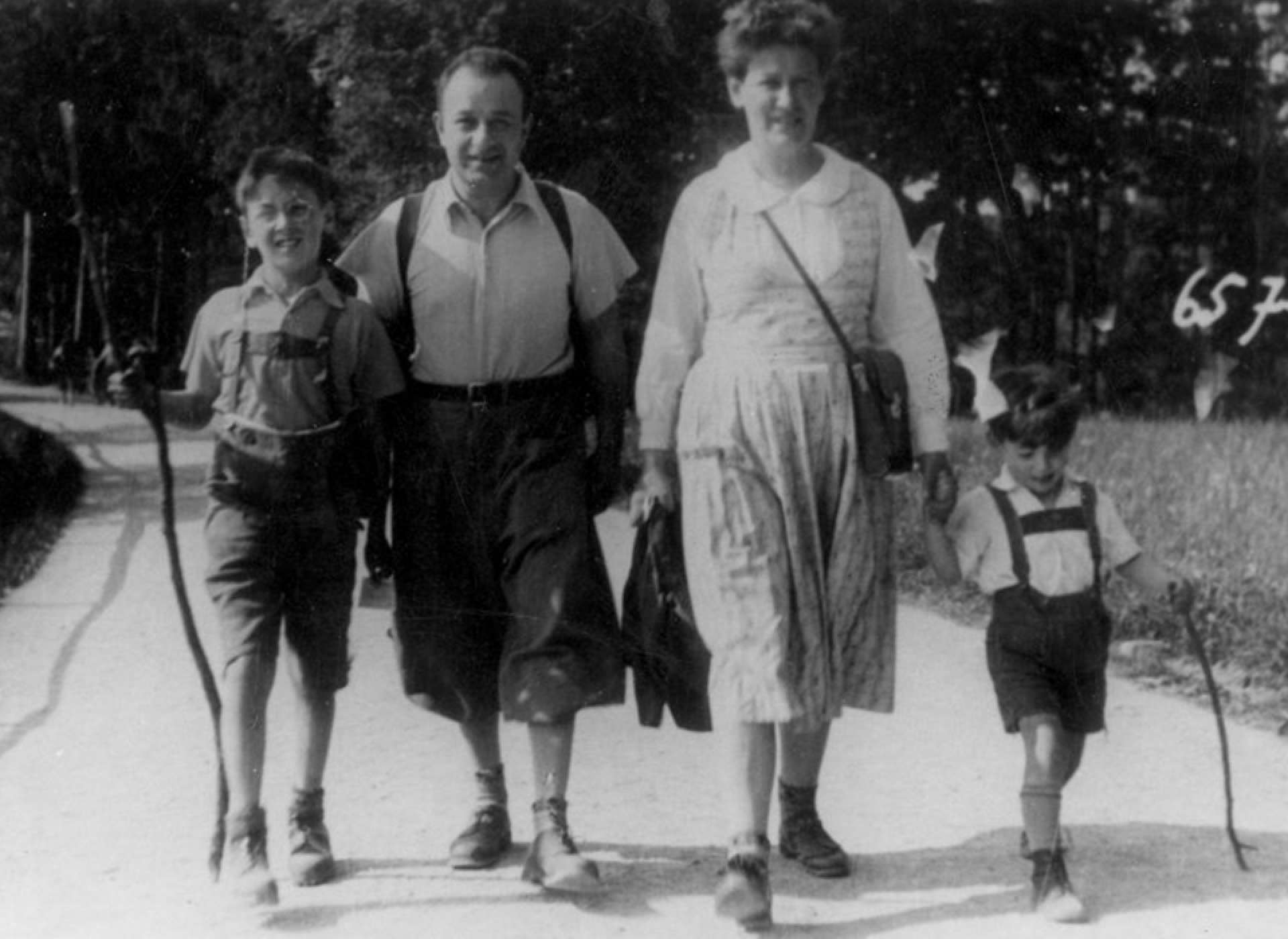
The Leichter family in Zürich, June 1934. From left to right: Heinz, Otto, Käthe, and Franz. Courtesy of the Documentation Center of the Austrian Resistance, 1297_1.
A Future Defined by Horror
In March 1938, Adolf Hitler ordered German troops to enter Austria, toppling the regime led by the Christian Socials and beginning the Anschluss (annexation) of the country. Otto and sons Heinz and Franz escaped the grip of the Nazis. Eventually, they made it to the United States and built new lives on the other side of the Atlantic. Leichter chose to stay behind with her mother, who refused to leave Vienna.
Betrayed by an informer, she turned herself in to the Gestapo in late May 1938 to protect her mother from arrest. Her worries about the “pseudo-socialist” appeal of the Nazis came to life. Arthur Seyss-Inquart (later tried, convicted, and executed at Nuremberg) took over as chief administrator of newly absorbed Austria, and Adolf Eichmann settled in Vienna to compel Jews to emigrate.
Violent anti-semitism was an organizing principle of the vision of Volksgemeinschaft (national community) promulgated by the new regime. The National Socialists did not, however, have to suppress Austria’s formidable socialist workers’ movement. Dollfuss and the Christian Social Party had done that for them.
Leichter now faced a future defined by horror. She endured two years in prison. Then the Gestapo, the Nazi secret police, transferred her to Ravensbrück, about 50 miles north of Berlin. This concentration camp, intended solely for women, was a new addition to the Nazi Camp System.
In the winter of 1938-39, prisoners from Sachsenhausen had constructed the camp. The first inmates, German and Austrian political prisoners and individuals convicted of crimes, arrived in May 1939. There were also sex workers incarcerated in Ravensbrück. After the conquest of Poland in September 1939, the Germans deported Polish women there.
Kept in solitary confinement for a period in Ravensbrück, Leichter dove into her memories. With her political and personal present so horrid, she wrote down a series of recollections of her past. Most regrettably, they were not published until 1973. After being released from solitary confinement, Leichter recited poems she had composed, according to later reports. Such acts inspired comrades in the camp like Rosa Jochmann, a younger, radical woman in the SDAP and then the Revolutionary Socialists. International outcry about her incarceration did not move the SS one bit, however.
In 1942, Leichter was one of the victims of Aktion 14f13, a new phase of depravity in Nazi terror. As Hermann Langbein, the Austrian communist and inmate at Auschwitz, later recorded,
“the mass murder of concentration-camp inmates did not begin until 1941, when disabled and ‘racially inferior’ prisoners were transferred to ‘euthanasia’ institutions and there butchered.”
Leichter, a Jew and a revolutionary socialist, was an easy target. Rosa Jochmann recalled, movingly, the last time she saw her. Sometime in early 1942, she was sent to the Bernburg killing center on the Saale River in Saxony-Anhalt. This place of violent death had been previously used mainly for men and women with mental or physical disabilities. Murdered there with carbon monoxide gas, the Nazis listed her date of death as March 17, 1942. Subsequently, her ashes were interned in the Israelite Section of the Vienna Central Cemetery. She was one of 65,000 Austrian Jews who perished during the Holocaust.
Not Forgotten
The Nazi genocide extinguished the lives of several million Jews, Roma, and the disabled from all over the European continent. Each one of these lives should not be remembered, though, only for the awful, heart-rending way they ended. That would allow the perpetrators to define their existences as well as their deaths. A more just form of remembrance should consider them as far more than victims, as individual human beings with a rich and varied range of experiences irreducible to their lives’ violent cessation. This means, at the very least, writing their histories forward from their inception, and not backward from their termination.
That is what I have tried to do in this treatment of Leichter. As an academic and scholar, she has certainly not been forgotten. The moments of recognition listed at the outset of this piece remind us that Leichter was much more than one among millions of Nazism’s victims. Her politics, her scholarship, and her conviction that a liberated society was possible were hallmarks of the astonishing life she lived.
Recommended Reading
Baier, Walter. “An Authority of the Socialist Women’s Movement: Käthe Leichter (1895-1942).” Transform! Europe
Bauer, Otto. The Austrian Revolution. Edited by Eric Canepa and Walter Baier. Translated by Eric Canepa. Chicago: Haymarket Books, 2021 [1923].
Bukey, Evan. Hitler’s Austria: Popular Sentiment in the Nazi Era 1938-1945. Chapel Hill: The University of North Carolina Press, 2000.
Buttinger, Joseph. In the Twilight of Socialism: A History of the Revolutionary Socialists of Austria. New York: Frederick Praeger, Inc., 1953.
Duma, Veronika. Rosa Jochmann: Politische Akteurin und Zeitzeugin. Vienna: Verlag des Österreichischen Gewerkschaftsbund GmbH, 2019.
Freidenreich, Harriet. “Käthe Leichter 1895-1942.” The Shalv/Hyman Encyclopedia of Jewish Women.
Gruber, Helmut. Red Vienna: Experiment in Working-Class Culture, 1919-1934. Oxford: Oxford University Press, 1991.
Hauch, Gabriella. “Käthe Leichter, geb. Pick: Spuren eines Frauenlebens.” In Hauch, Frauen bewegen Politik: Österreich 1848-1939. Innsbruck: Studienverlag, 2009.
Langbein, Hermann. Against All Hope: Resistance in the Nazi Concentration Camps 1938-1945. Translated by Harry Zohn. New York: Paragon House, 1994.
McFarland, Rob, Georg Spitaler, and Ingo Zechner, eds. The Red Vienna Sourcebook. Rochester: Camden House, 2020.
Rabinbach, Anson. The Crisis of Austrian Socialism: From Red Vienna to Civil War, 1927-1934. Chicago: University of Chicago Press, 1983.
Steiner, Herbert, ed. Käthe Leichter: Leben und Werk. Vienna: Europa Verlag, 1973.
Wachsmann, Nikolaus. KL: A History of the Nazi Concentration Camps. New York: Farrar, Straus, & Giroux, 2015.
Jason Dawsey, PhD
Jason Dawsey, PhD, is ASU WWII Studies Consultant in the Jenny Craig Institute for the Study of War and Democracy.
Cite this article:
MLA Citation:
APA Citation:
Chicago Style Citation:
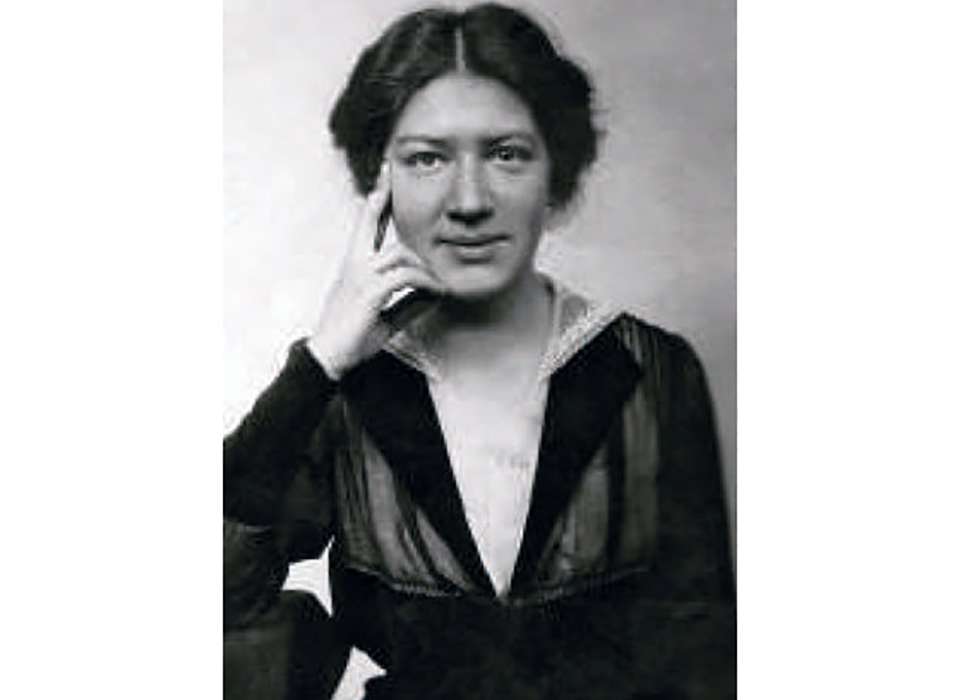

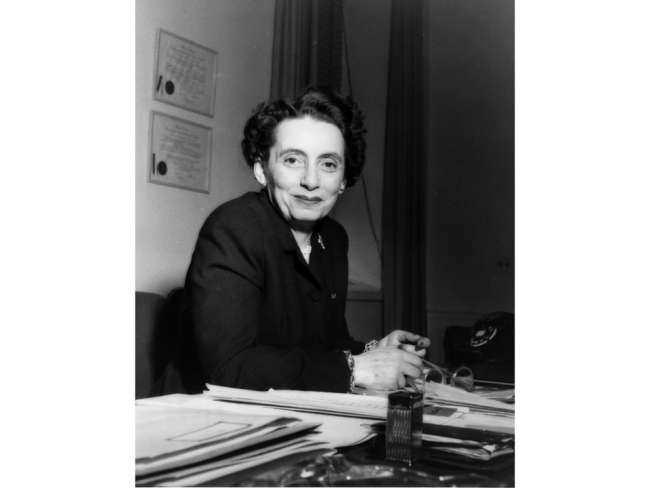
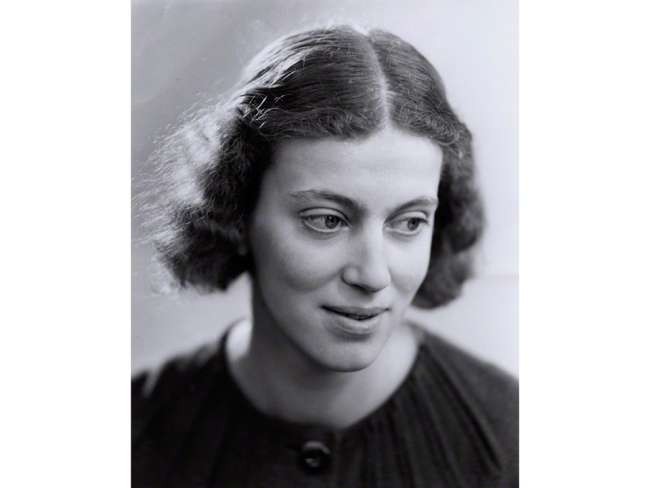
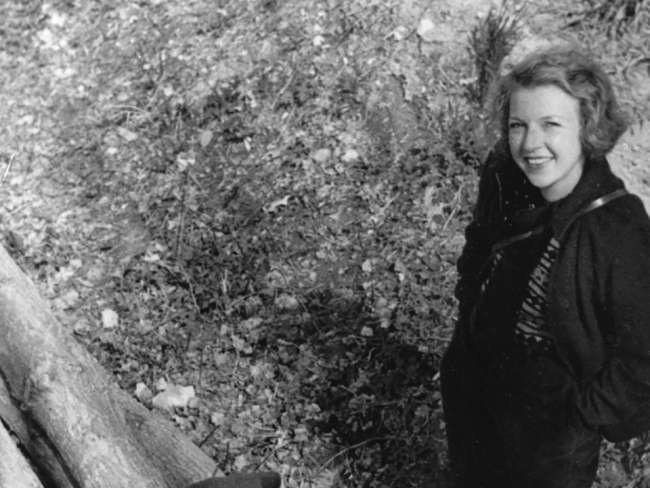
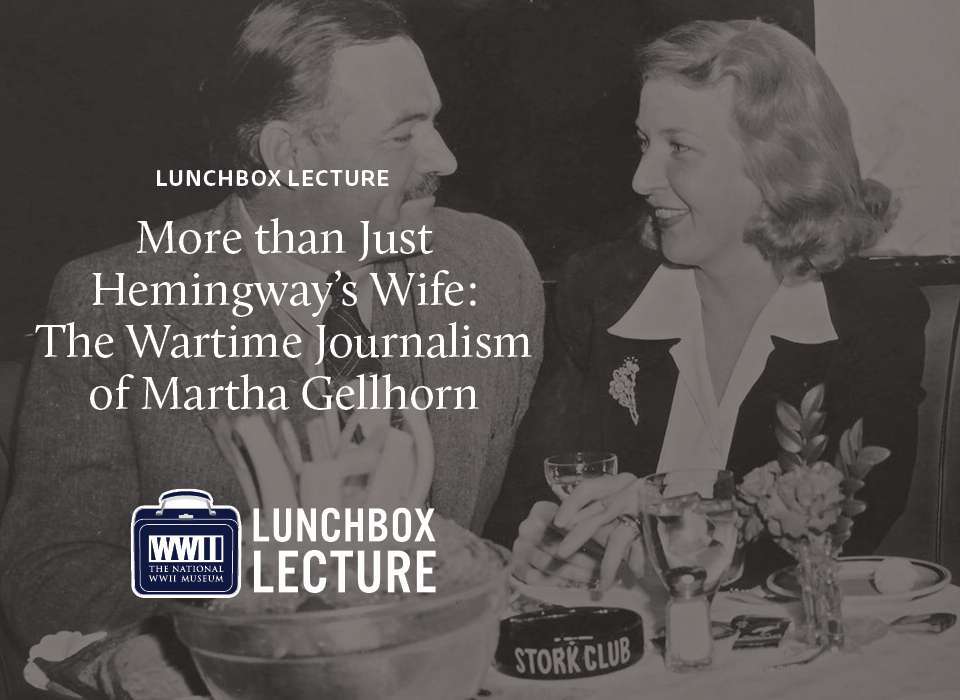



![Max Fuchs, New York City cantor, sings as Rabbi Sydney [sic] Lefkowitz, Richmond, VA, conducts the first Jewish services from Germany.](/sites/default/files/styles/max_650x650/public/2025-10/image1.jpg)



